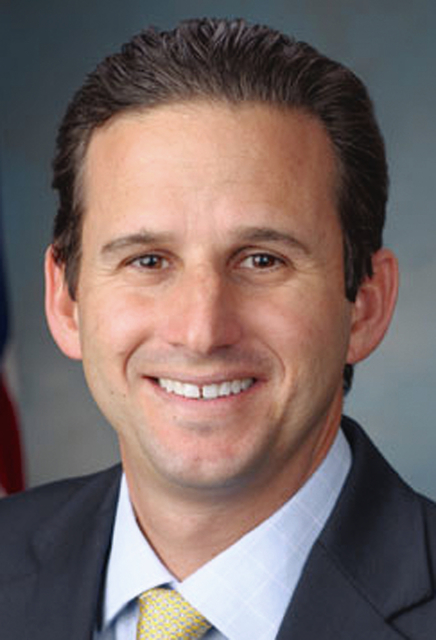When the Earth’s crust ruptured Sept. 16 off the coast of Chile, the magnitude-8.3 quake prompted a tsunami watch in Hawaii. Early the next morning, the Big Island’s east shores saw a sea level change of only a couple of feet.
When the Earth’s crust ruptured Sept. 16 off the coast of Chile, the magnitude-8.3 quake prompted a tsunami watch in Hawaii. Early the next morning, the Big Island’s east shores saw a sea level change of only a couple of feet.
But next time, it could be different, and emergency managers will need to know everything they can about the threat.
To that end, Hawaii’s U.S. Sen. Brian Schatz announced Thursday the House and Senate gave the nod to a new bill he co-sponsored that will increase tsunami readiness and improve the accuracy of alarms and forecasts.
The Tsunami Warning and Research Education Act of 2015 provides $162 million in funding the next six years to the National Oceanic and Atmospheric Administration to modernize and enhance the current warning system and to fund additional research, outreach and education.
The $27 million in annual funding also would pay for advanced software resources to run computer models necessary to gauge a threat that can move 600 miles per hour through open water.
“The earthquake in Chile last month underlines the importance of strengthening tsunami forecasting and preparedness for Hawaii,” Schatz said in a press release.
Under the bill, here are some of the developments that can be expected in coming months:
• The installation of tsunami sensors on federal and commercial telecommunications cables to help beef up the detection network.
• Assessments of at-risk ports and harbors to determine how well they are prepared to handle a tsunami and communicate with the public.
• Studies about how clusters of high-rise buildings would be affected by tsunami waves, and how their foundations in particular would fare against the tsunami currents.
The bill also authorizes public-private partnerships allowing local communities to form nonprofit organizations that then can capture grants to make their area more resilient against the threat of giant waves.
“Our bill strengthens the national tsunami forecasting program and stabilizes funding available for tsunami warnings and preparedness,” Schatz said. “It also gives communities the ability to focus on the particular risks they face. In Hawaii, that means securing our ports, preparing for the specific impacts to areas with a concentration of high-rise buildings, like Waikiki, and looking to Hawaii’s geological past to identify possible tsunami threats in the future.”
The bill, which now goes to the president for his signature, also reauthorizes the National Tsunami Hazard Mitigation Program. The initiative dates back to the 1990s. But since the magnitude-9.1 Indian Ocean quake of 2004 left 228,000 people dead or missing and put tsunami preparation under the microscope nationally, the program has funneled money to coastal states to help them plan for disasters, prepare inundation maps and boost tsunami awareness. Many coastal communities established safe areas, hosted drills and created or enhanced notification systems. Hawaii was one of the first states to receive the NOAA designation “Tsunami Ready.”
Hawaii’s and Alaska’s two warning centers constantly monitor information from a network of “deep-ocean assessment and reporting of tsunamis,” or DART, buoys. The network was expanded from six to 39 buoys after the Indian Ocean tsunami. The bill requires 80 percent of those DART buoys, which are prone to breakdowns, be operational at any one time.
Email Bret Yager at byager@westhawaiitoday.com.

